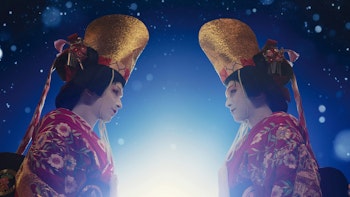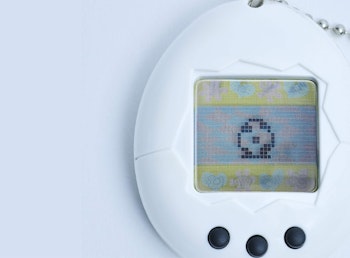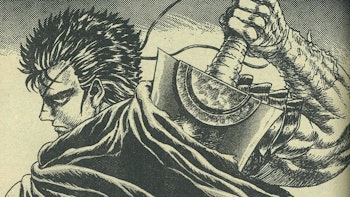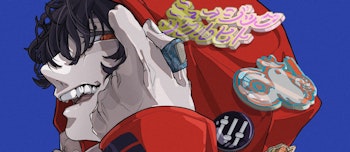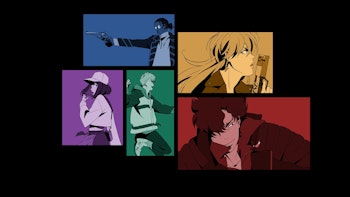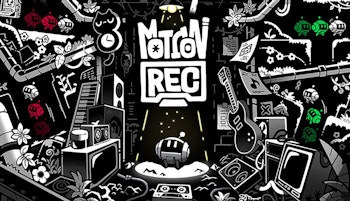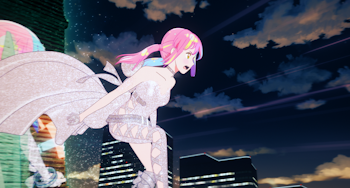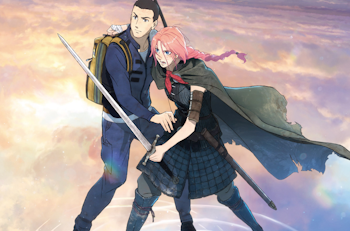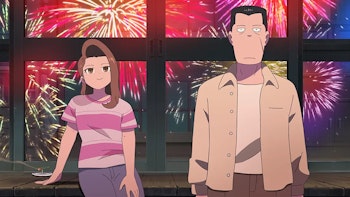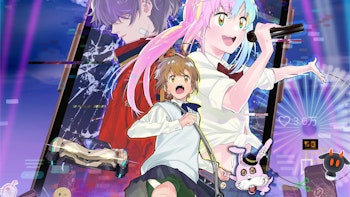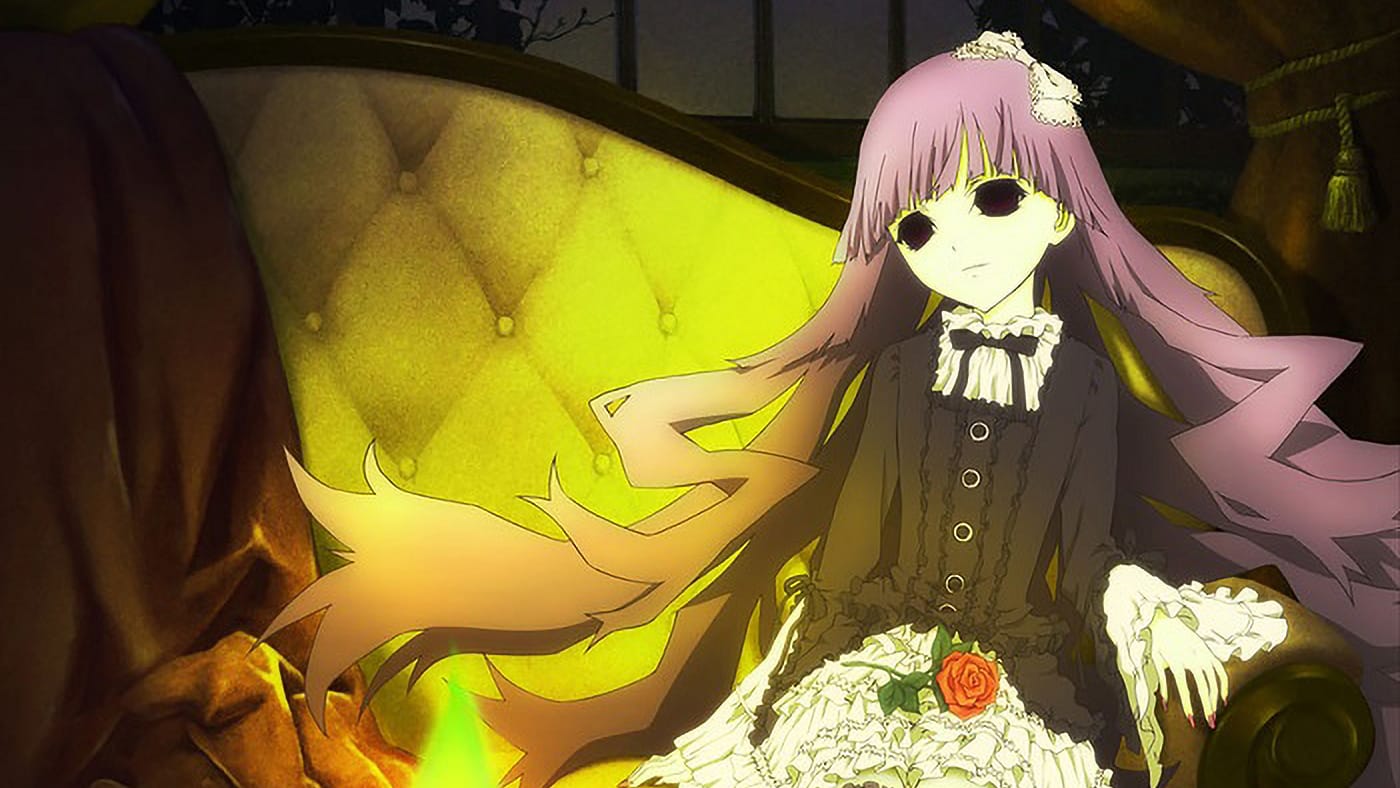
The secret of any good horror story is its ability to show its protagonists and antagonists in different shades of morality. That’s what makes the 2010 anime horror series Shiki such a compelling series. It’s a satisfying vampiric horror title that has intrigue, mystery, and drama, which all culminate to a climactic, tragic end.
Shiki is based on a manga series illustrated by Ryu Fujisaki, which adapts the original Japanese novel written by Fuyumi Ono. It takes place during the summer of 1994 in the small countryside town of Sotoba and follows two main characters throughout the series: Natsuno Yuuki, a distant teen who grows jaded living in Sotoba, and the chain smoking doctor Toshio Ozaki, the new resident doctor in town.
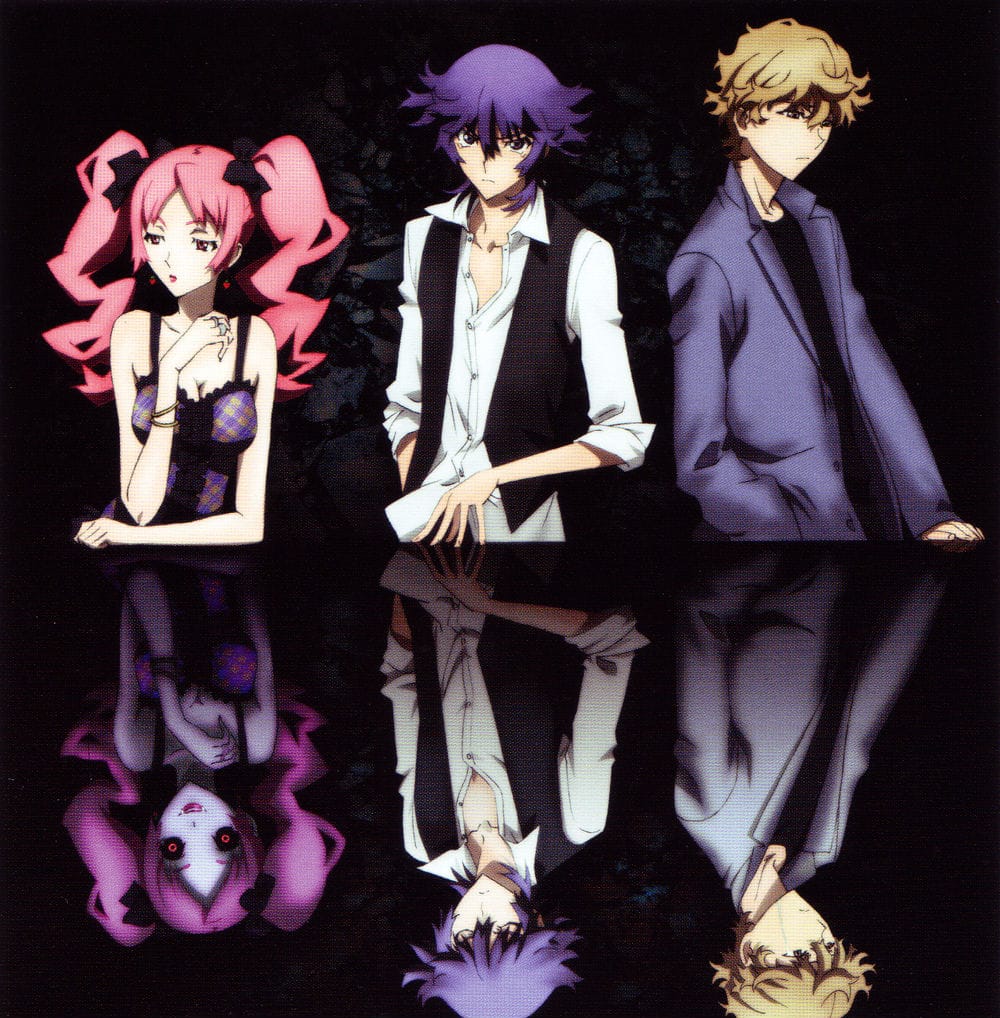
The story begins when a teenage girl, Megumi Shimizu, is found anemic and on the brink of death in the forest. She was last seen entering a castle on the hill, where it has now been occupied by the mysterious Kirishiki family that recently moved in. A few days later, she passed away, baffling Toshio and the town’s local priest, Seishin Muroi. Afterwards, more people in the town start dying from gradual blood loss and Toshio and Natsuno both begin to realize some of them are returning as shiki: vampiric undead beings.
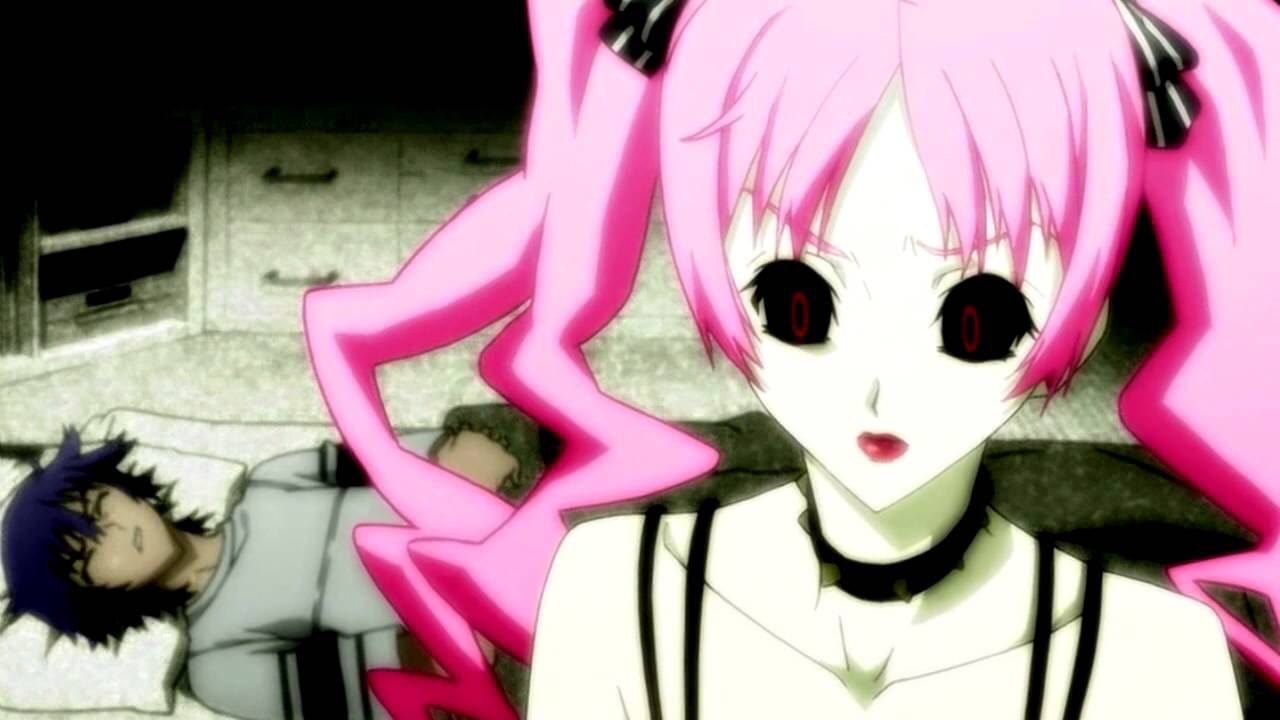
Shiki is ultimately a tale about the death of small communities and the dark forces that threaten the humans in them. It shares many similarities with one of my favorite Stephen King novels, Salem’s Lot, which also follows a malevolent vampire slowly terrorizing a small town into an eventual ruin. Ono’s work pays homage to Salem’s Lot and it was even mentioned in a dedication.
The two works share similar characters, with Ozaki serving as the protagonist Ben Mears, Natsuno as the youthful sidekick Mark Petrie, Seishin as the wavering Father Callahan, and the overarching shiki antagonist Sunako Kirishiki, who is the cuter anime version of Kurt Barlow. There’s even a familiar-type side villain named Tatsumi, who is the series’ Richard Straker or Renfield if you’re familiar with Bram Stoker's Dracula.
The anime frames its characters effectively in a morally gray light because not one person or group is portrayed as inherently good or evil. The shiki and humans each have their own methods and motivations for their actions, as the show highlights one side’s perspective in the first half and another side in the second half.
Let’s first unpack the story of Sunako and the vampiric shiki. For the first few episodes, the presence of the shiki is only subtly revealed, but it’s slowly made known that they’re draining their victims’ blood to their deaths. The conundrum for the shiki, however, is that there’s no guarantee the human they bite will revive as a shiki, and it’s more than likely they’ll remain dead (more on that later).

Sunako was revived as a blood-drinking shiki, surviving on many victims’ blood, leading her to isolation for many years. She eventually finds a new family of other shiki and forges a connection with Tatsumi, who became her familiar. She arrived in Sotoba desiring to add more meaningful family members and managed to connect with the priest, Seishin. Her plans, however, fail in the end as she is driven away from the village, as most of the other shiki are left to burn in the sun.
Going back to the shiki’s issue, it also focuses on a mother named Nao Yasumori, who was revived as a shiki and fed on the blood of her young son, husband, and in-laws in order to transform them. However, they did not revive and her anguish is compounded by her dark childhood of abuse and neglect. Having lost everything, she and several other shiki are put to suffer under the sunlight, and are later mercifully killed off.
The humans, meanwhile, are mostly portrayed as the victims in the anime’s first half, but that shifts as well. Their paranoia and fear of being transformed into shiki turn them into their own monsters, leading to Sotoba’s fiery ruin as they hunt down every single shiki and burn them in the sunlight. This leads into the last few episodes, which feature chaotic scenes of violence and blood with both shiki and humans, and wrapping a macabre bow on the series overall.
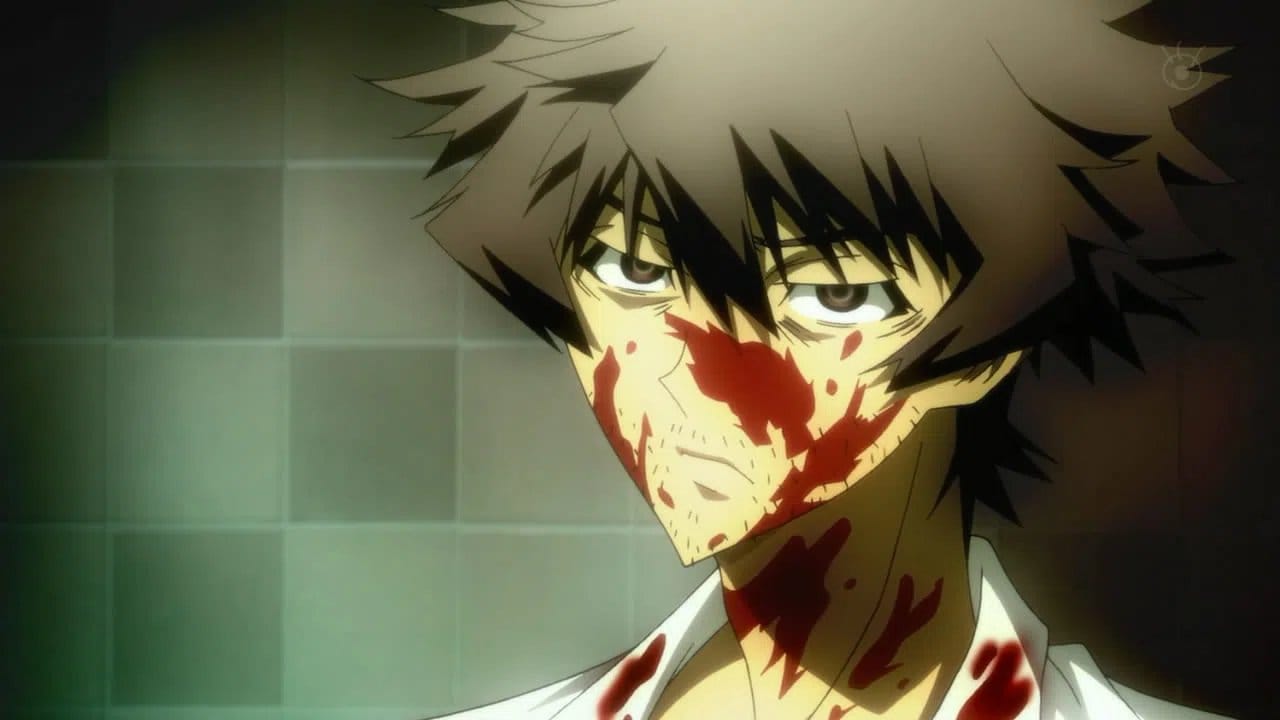
Dr. Ozaki’s actions are also portrayed in a morally absent light and pretty much sums up what the humans have come to. After his wife turns into a shiki, he subjects her to torturous experiments to learn the shiki’s behavior and weaknesses. This horrifies Seishin, who views Ozaki’s action as inhumane and cruel to life. However, the objective Ozaki sees it as a means-to-an-end and a necessary measure to ensure no more lives are taken.
If you’re looking for a slow-burning horror series that comes with an explosive conclusion, Shiki is the right show for you. It was previously licensed for release in English by Funimation, but the rights have since expired and it isn’t streaming anywhere. Let’s hope it gets picked up again sometime in the future.

